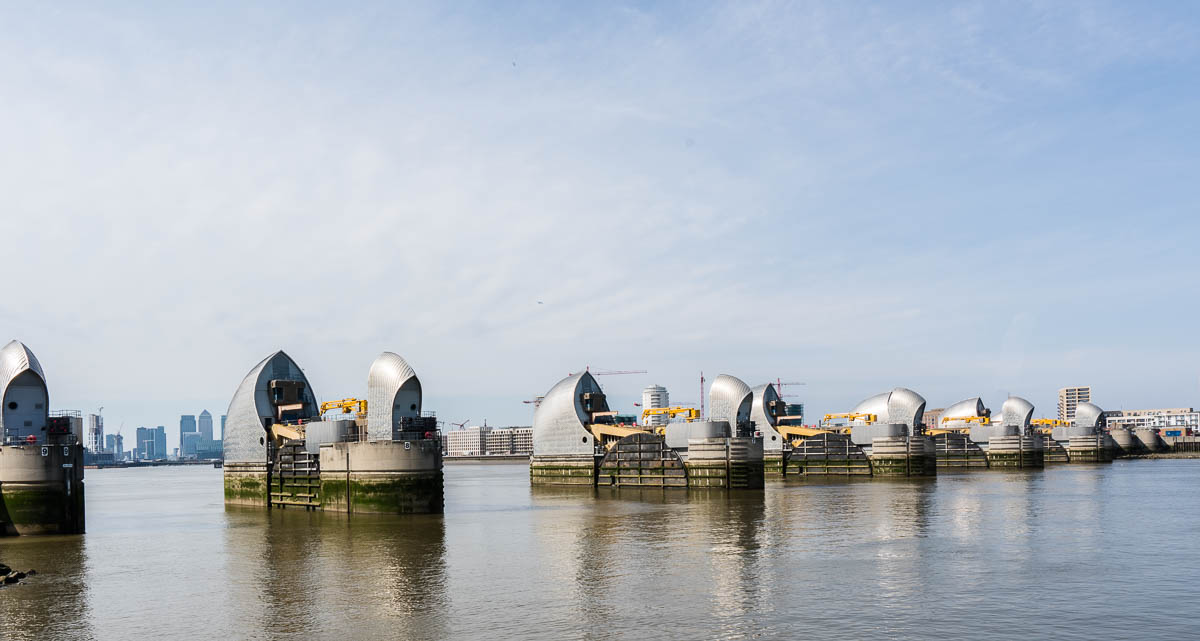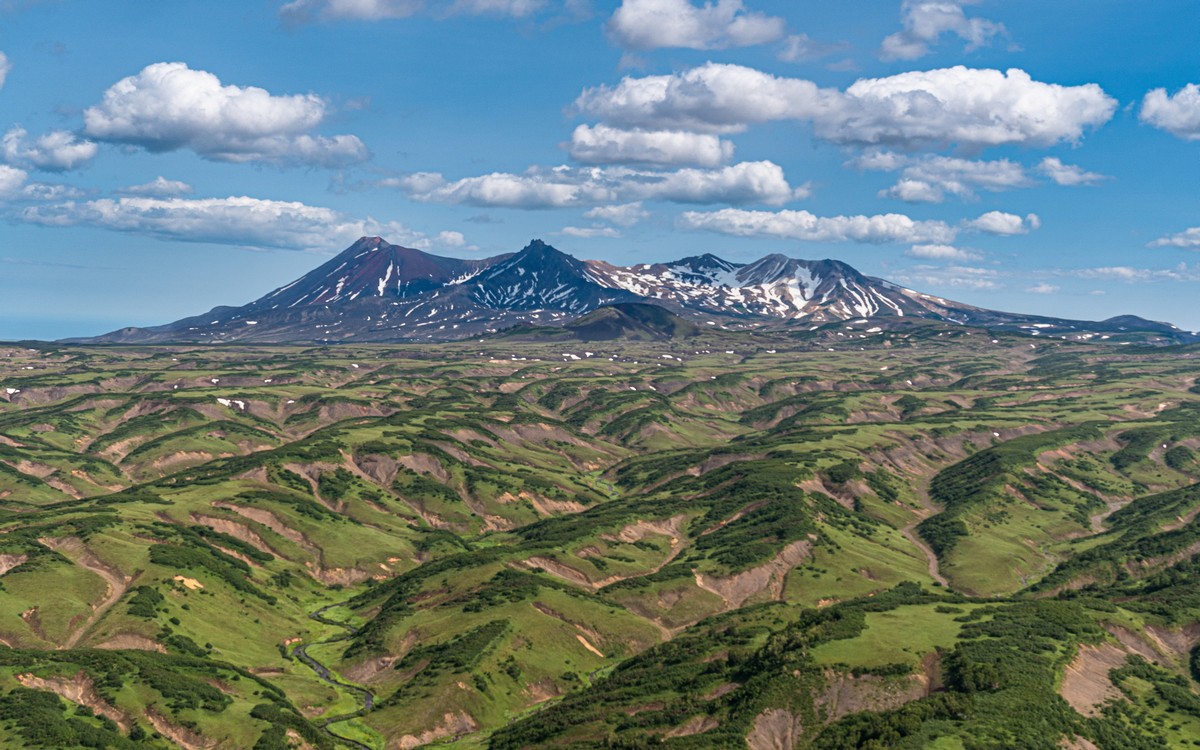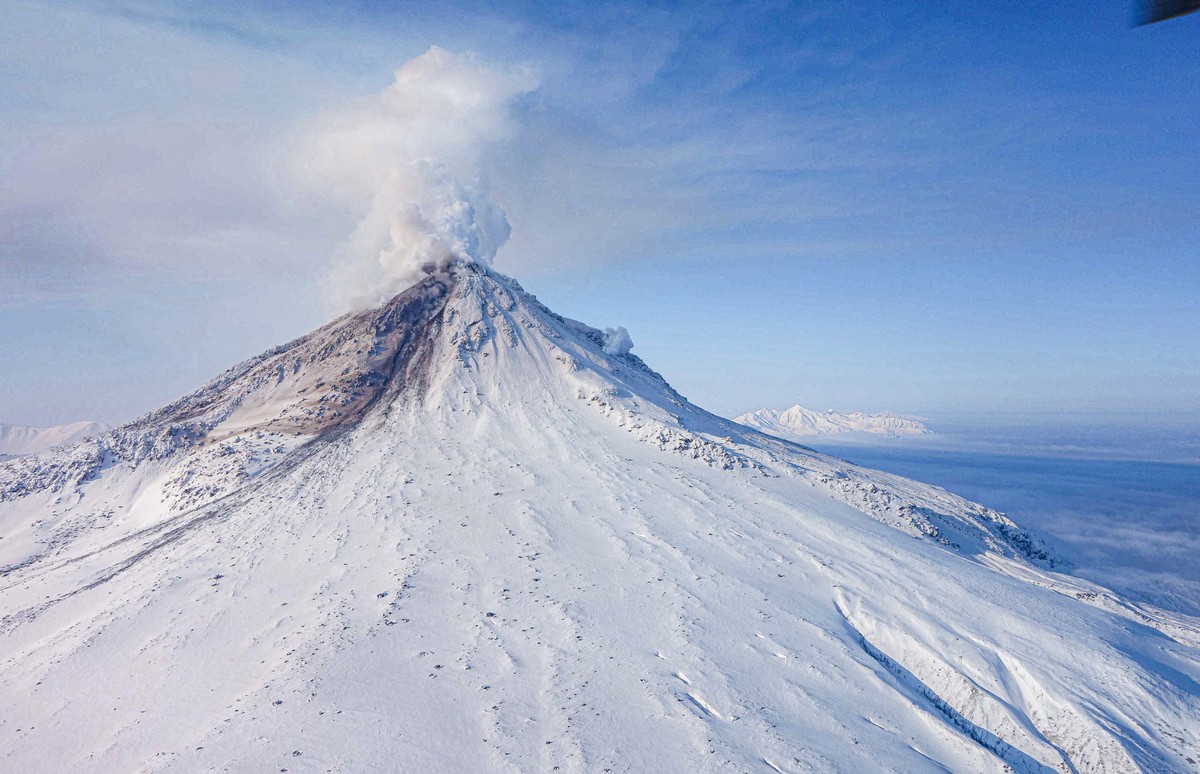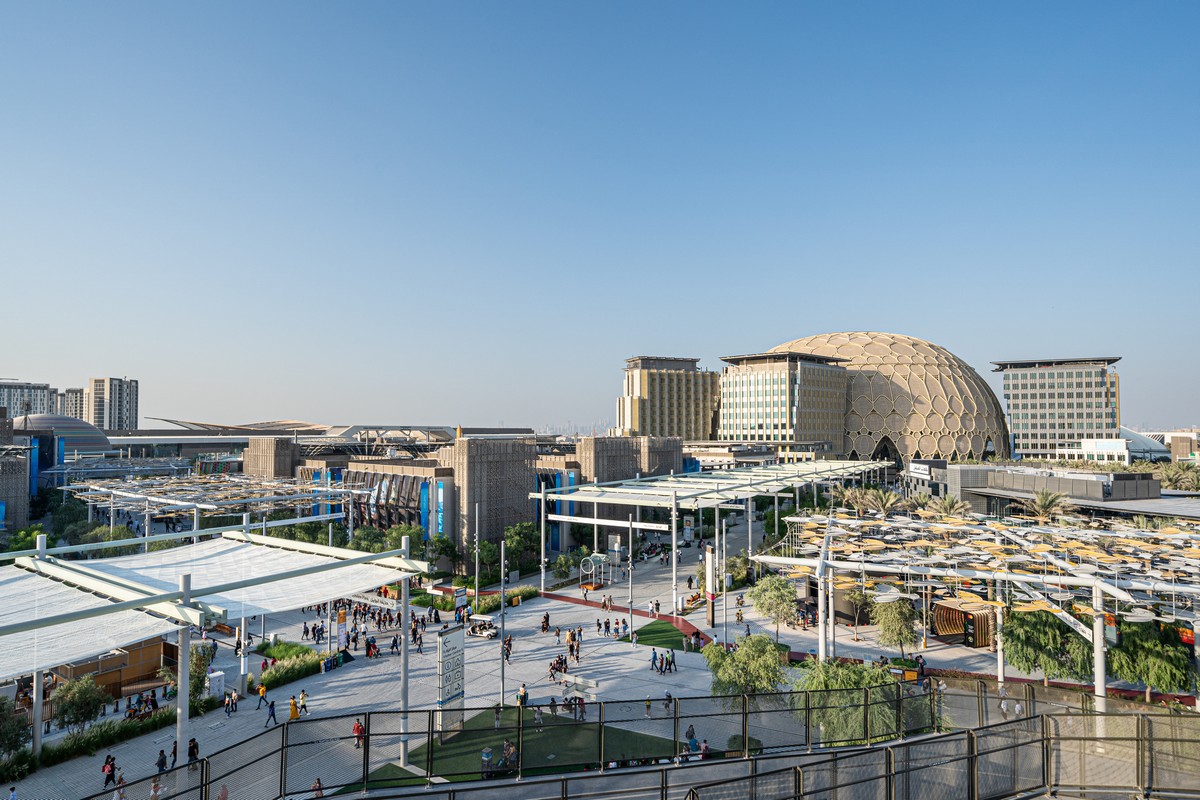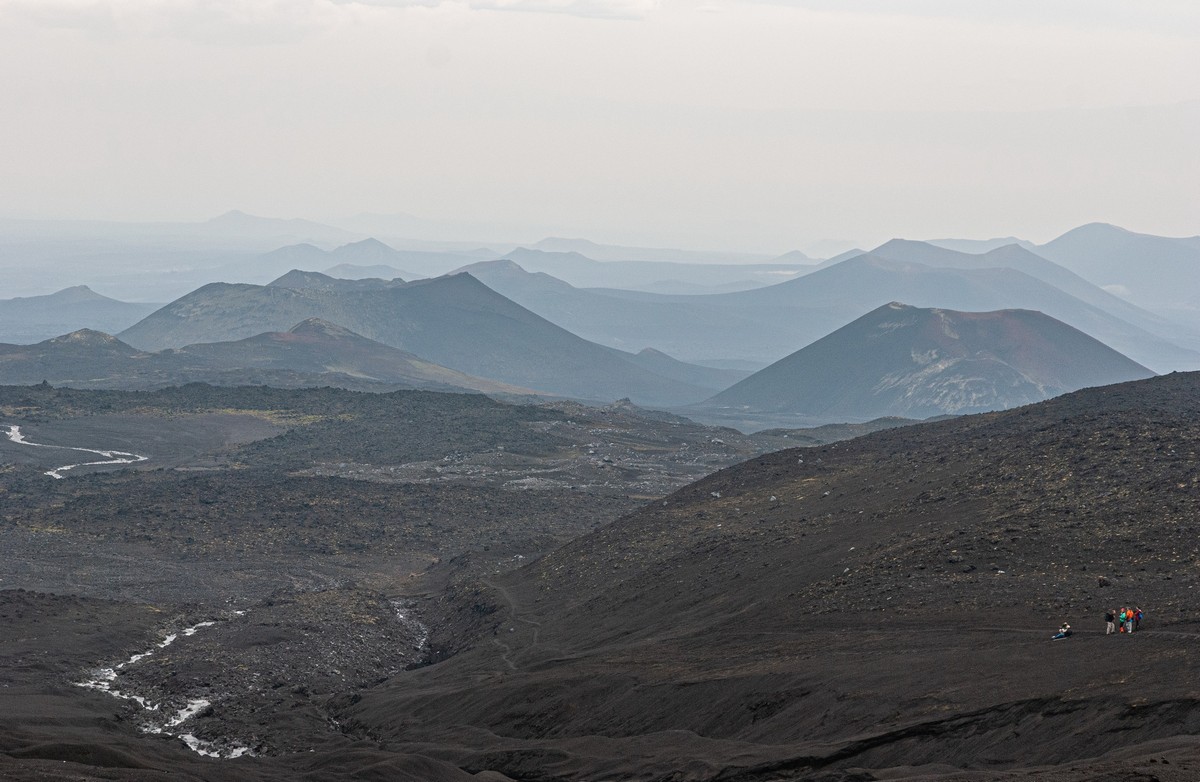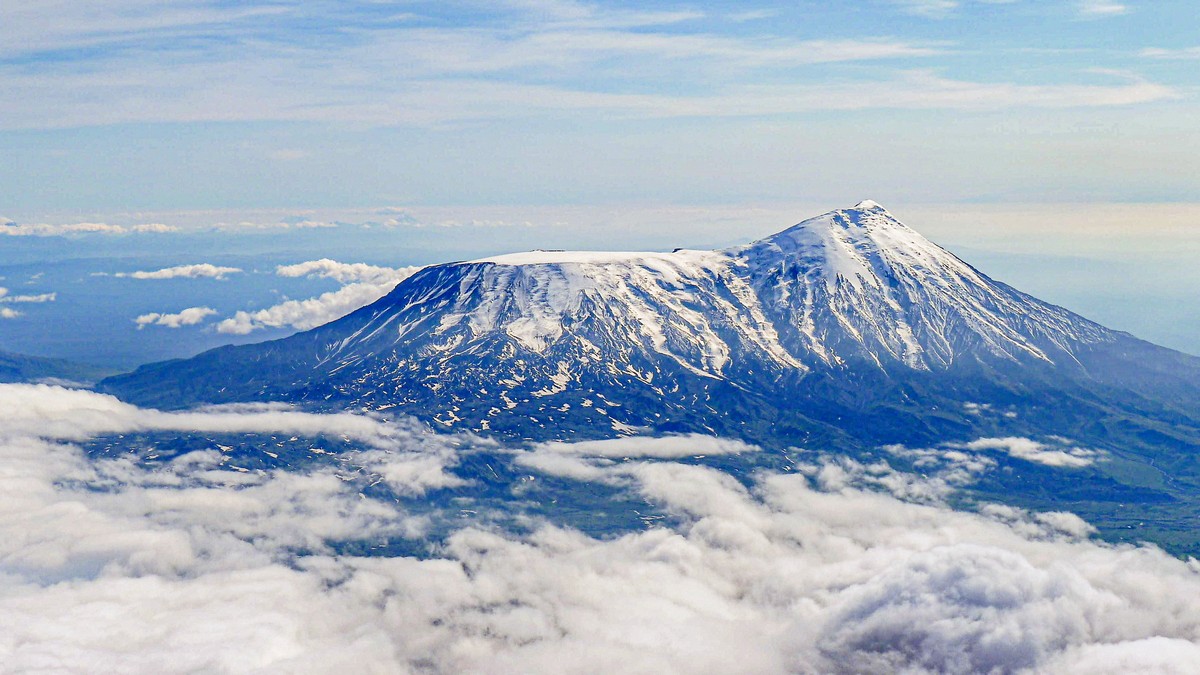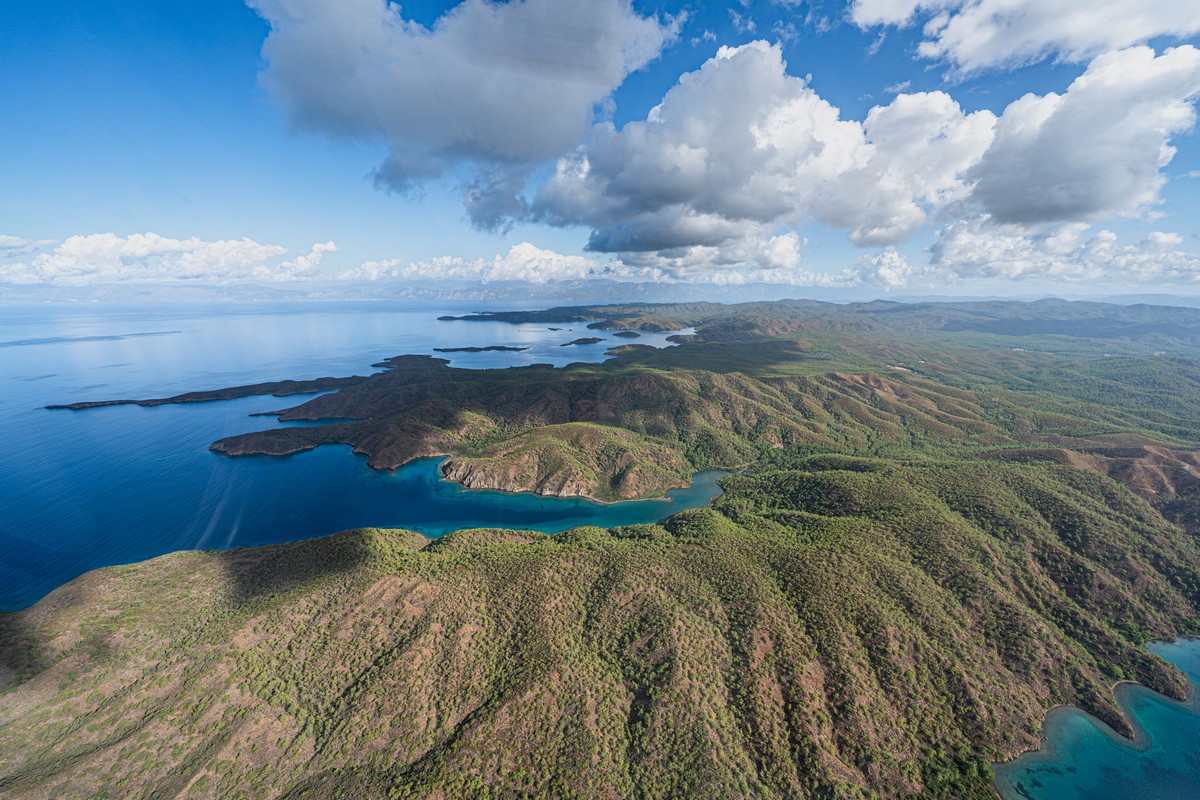November 24, 2021
The Thames Path – a segmented analysis.
Traditions come in different shapes and sizes. Some folks, for example, every New Year’s Eve go for a monster banya-session (at least in Russia!). Some folks – particularly adventurous Russians! – spend a month every summer in Kamchatka or Altai or the Kurils or some other similarly awesome part of the world. Other traditions are localized: like my tradition every time I’m in the British capital…
My London tradition is a hike along a section of the Thames Path, which is nearly 300 kilometers long, starts out at the Thames Barrier to the east of central London, and ends in Kemble, Gloucestershire, way out west – almost as far as the sea in the Bristol Channel. I’d completed several stretches of the path before over the years – from its start at the Thames Barrier (in 2016), to Hampton Court earlier this year. The next section would take us to the western edge of the Greater London Built-up Area, or just outside Greater London (confused? Me too:), which is just inside the M25 London Orbital Motorway, specifically – to Staines Bridge in the town of Staines-upon-Thames in the county of Surrey, which would take my total kilometers walked on the Parth to almost 80!
You might be thinking that walking along a path may not be fully… appropriate for one’s localized tradition in one of the foremost cosmopolitan, glamorous, etc. capitals of the world… But you’d be wrong! (IMHO!). For this is… the perfect path! I just like it so much I want to walk it over and over (and I do repeat some stretches, as sometimes I lose my way or it’s too rainy; more in this below). Even the sections I’ve already walked (sometimes twice already!) – I’d relish the chance to be pals’ guide: that’s how much I enjoy it. I mean, it even has its own tag on my blog – an exclusive status for a ‘mere’ path ). But before I get into my walk-report on this latest segment, let me briefly go over previous segments, as a summary review/reminder…
First leg
The Thames Barrier to Cutty Sark. Here’s the detailed walk-report. I highly recommend a read.
The Thames Barrier saves London every time the level of the river gets too high. There’s an information center there too:
